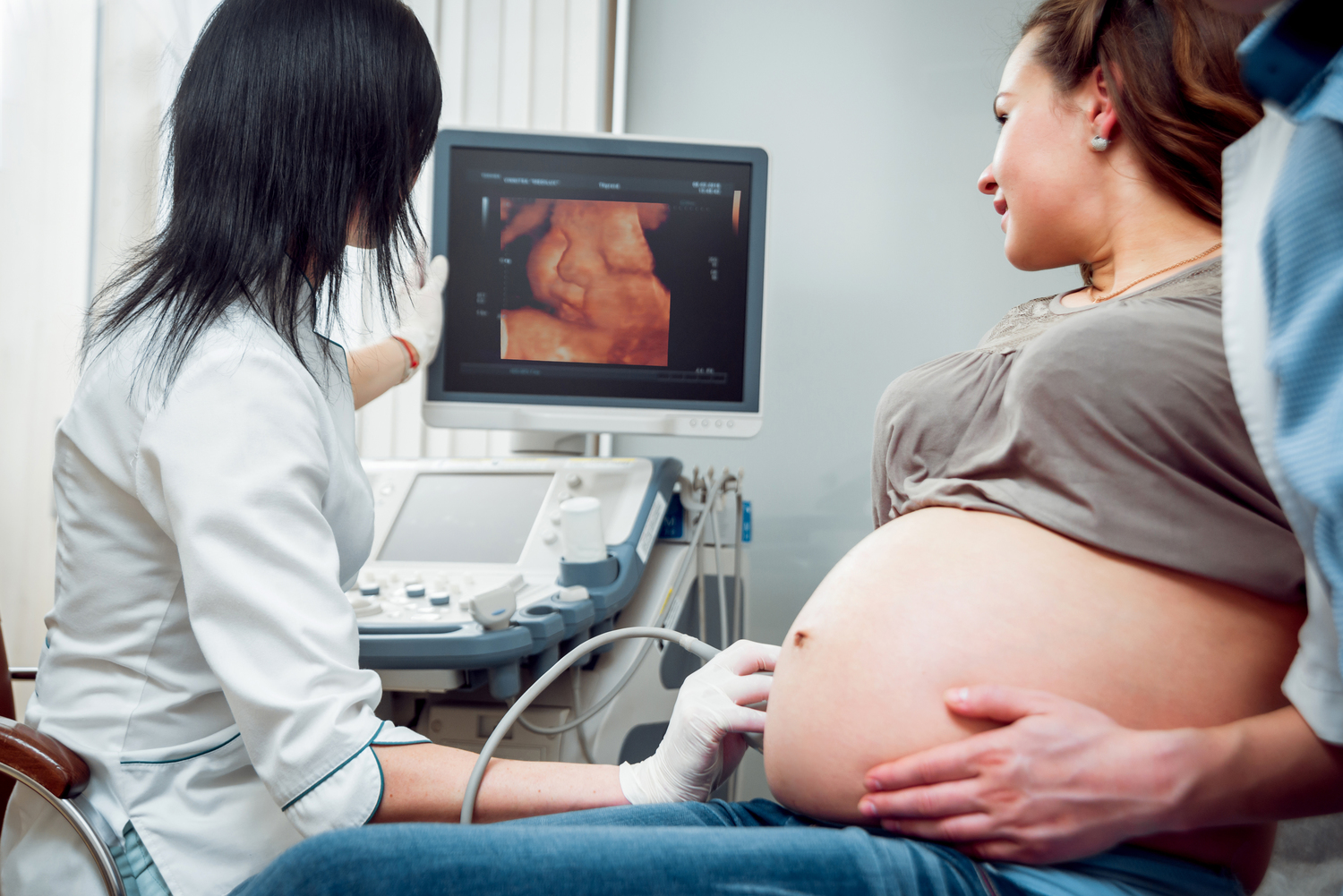
Everything you need to know about preeclampsia
Everything you need to know about preeclampsia
A form of pregnancy complication, preeclampsia damages organ systems, typically the liver and kidneys. It is characterized by hypertension, which often begins to act up post 20 weeks of pregnancy. If this condition is left untreated, it can cause some life-threatening consequences for both the mother and the baby.
Apart from hypertension, here are some signs and symptoms of preeclampsia:
- Severe headaches
- Proteinuria, that is, excessive protein content in the urine
- Nausea and vomiting
- Pain in the upper abdomen and under the right side of the ribs
- Insufficient number of platelets in the blood
- Vision problems such as sensitivity, blurred vision, or temporary blindness
- Liver malfunction
- Fluid buildup in the lungs that causes breathlessness
- Unusual weight gain and edema, that is, swelling that particularly affects the face and arms
Causes of preeclampsia
Preeclampsia is a result of multiple factors. Medical researchers believe that it starts in the placenta, an organ that is responsible for nourishing the fetus through the course of pregnancy. In the initial stages of pregnancy, new blood vessels form to ensure that sufficient blood is delivered to the placenta. However, some women develop blood vessels that fail to function efficiently. As compared to the normal blood vessels, these new ones might be narrower. Moreover, these vessels respond differently to the hormonal system that causes an inadequate flow of blood to the placenta. This malfunction could occur due to limited blood flow to the uterus, some types of genes, damage to the blood vessels, or immunity disorders.
The following are certain factors that could increase the risk of preeclampsia:
- Conceiving baby via in vitro fertilization
- Personal or family history of preeclampsia
- Being over the age of 40
- First pregnancy
- A change in paternity for the second pregnancy
- A migraine
- Diabetes
- Kidney disease
- Lupus
Complications of preeclampsia
The severity of preeclampsia differs in every pregnancy. However, it needs to be monitored closely, as it can cause the following complications:
- Preterm birth
- Eclampsia, that is, a severe version of preeclampsia, along with seizures
- HELLP (hemolysis, elevated liver enzymes, and low platelet count) syndrome
- Placental abruption
- Fetal growth restriction
- Organ damage
- Cardiovascular disorders
Treating preeclampsia
Delivery is one of the most effective methods to treat preeclampsia if the delivery date is closing in. This is because the mother is at an increased risk to experience a stroke, placental abruption, and seizures, putting both her and the baby’s life in danger. However, delivery is not recommended if one is still at an early stage of pregnancy. Till the right time for delivery arrives, the gynecologist will observe the mother’s health with frequent tests such as blood exams and ultrasounds.
To manage the condition until delivery, the gynecologist will prescribe medications to control high blood pressure. In cases of severe preeclampsia, the patient will have to follow a course of corticosteroids to improve the liver and platelet function to keep the pregnancy free from complications. Moreover, corticosteroids can help the baby’s lungs mature faster. This can be beneficial if an early pregnancy is on the cards. To prevent the first seizure, the gynecologist might also prescribe anticonvulsant drugs.


